|
Rheinheimergenealogypages
including Reinhard, Rheinheimer, Shively, and Stout |
Cliquez ici pour voir une version de cette histoire en français.
Reinhardt Women in France and Illinois
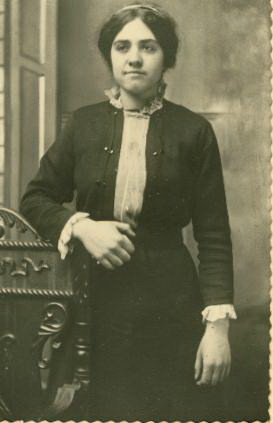
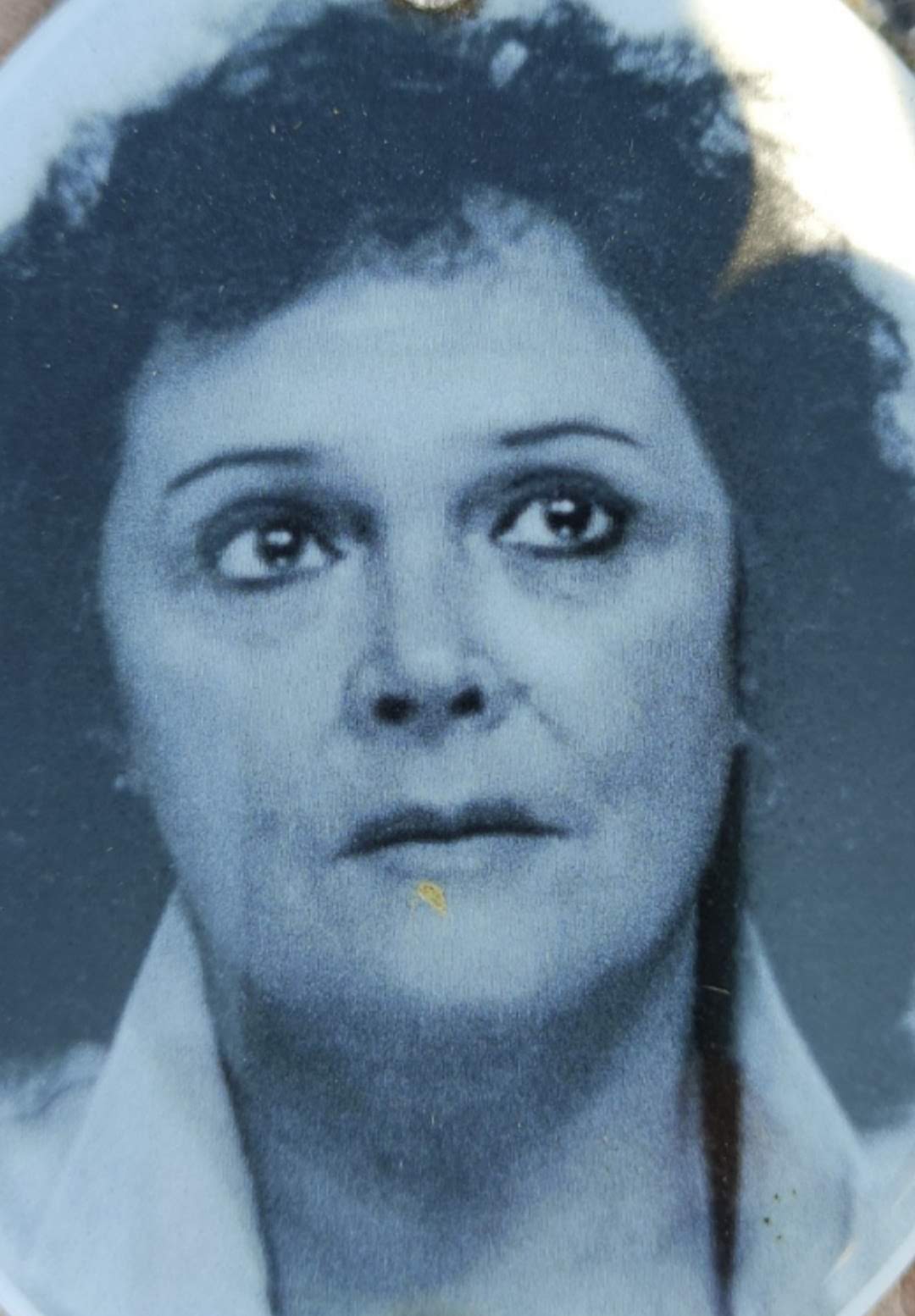
If someone had asked my grandmother Laura Reinhardt who her ancestors were, generally, she would likely have said they were farmers and preachers, living hard-working lives, closely tied to the Mennonite church in Illinois and the church community. She likely knew she didn't have any ancestors who weren't Mennonite or Amish going back a while, but she probably would have said they came from Pennsylvania rather than anywhere in Europe. She knew, however, her Reinhardt grandfather John came from France.
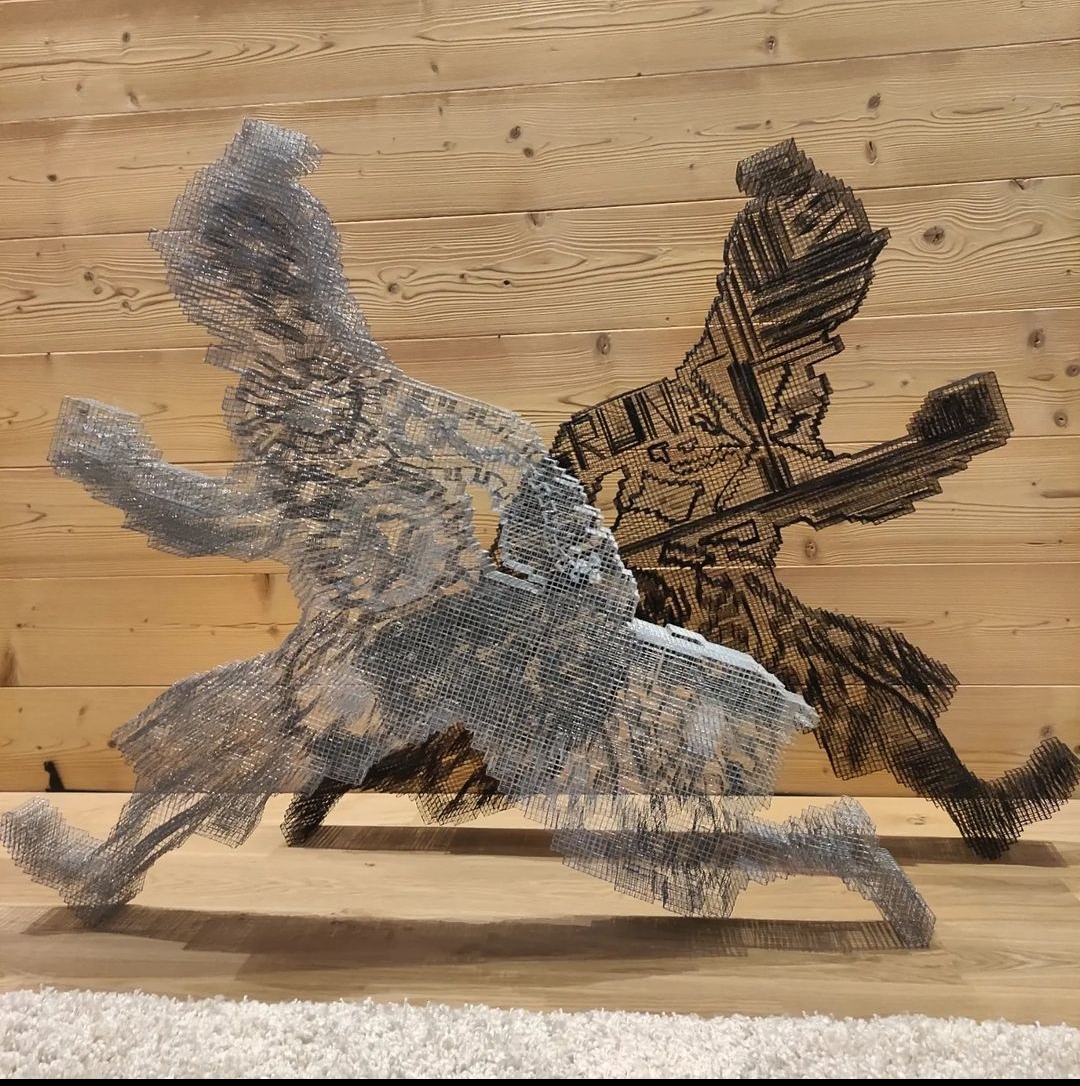
Here's what Serge Thomas, a sculptor in France, says about his grandmother Margot Reinhardt: "As a child, my grandmother Margot Reinhardt often told me memories that seemed to me like legends told by the fireside. This Family in this oral memory so close, traveled in a caravan. I listened attentively to my grandmother telling me all these stories of nomads, musicians, circus groups, clairvoyants, preachers. Switzerland and Germany have often been cited as distant family landscapes. It was hard to get my sweet grandmother to talk, sometimes she shut down and asked me why I wanted to know. She was afraid to reveal who she was and where she came from. I have long associated this fear with the terrible memories of the Second World War, but I think that this escape came from much further."
Laura's world revolved around church, family, and farm, likely in that order. I am one of the youngest of her many grandchildren, so I knew her best late in her long life. I would describe her as friendly, kind, smart, sometimes sly, but also inevitably traditional. She didn't want her boys playing sports in school because, besides needing them to work on the farm, she thought being athletic in front of strangers in short trousers was immoral. On hearing one of my female cousins was going to keep her family name after marriage, Grandma was not pleased--that was "dishonoring your husband". In other ways, though, she got out a little ahead of her time. She led her Sunday School class and bought and studied a biblical commentary every year to prepare for it. One son says she spoke a lot, but people seemed to appreciate what she had to say--in another era she might have been a preacher. I don't know if she really knew her family went back in multiple ways to some of the first Anabaptists in Switzerland, but if she had she'd likely have been pleased at how the family had remained true to the church through those generations.
Common Family
Margot and Laura Reinhardt were most closely related (Thanks, Sandrine!) via Magdalena Depp (born 1712) and Valentin Dolter (born 1707), farmers in the latter half of the eighteenth century near Climont, an area dotted with Anabaptist communities at the time. Margot is descended from their daughter Marie Anne (born 1755) and Ulrich Gerber (born 1756), while Laura is descended from their daughter Marie Barbe (born 1742), who married George Frederick (born 1749). All of these families--Dolder, Depp, Gerber, and Frederick--were in transition from Switzerland to France in the seventeenth century, after the Thirty Years' War (1618-1648) , in which Switzerland was neutral, decimated the population of Alsace, inviting immigration, and religious persecution in Switzerland increased, inviting emigration. See Birth of the Amish Community in Alsace for a more detailed overview. That Swiss community, made up largely of Calvinists and Lutherans and Anabaptists, was already interrelated--the two Dolter sisters were also fifth cousins, both descended from Jacob Zwalen (born ~1566) and Margaretha Marti (born ~1565) back in Guggisberg, Switzerland.
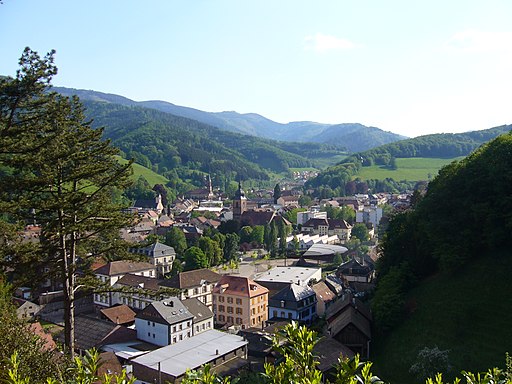
Differences and Similarities
The families of Margot and Laura Reinhardt stayed in the same place, in Alsace, generally in the environs of Sainte-Marie-aux-Mines, France, for about 100 years. For the first few decades, the family was mostly farming, some of them transitioning into weaving linen or cotton in their homes as that industry grew in the region, living as commoners in pre-Revolutionary France until 1789, then through the (first) French Revolution, the Napoleonic Wars, the French Revolution of 1848, and numerous other armed conflicts. Industrialization took over the weaving industry and some of the family moved into town to work in the factories there. The wikipedia page for Alsace describes the mounting stresses this way: "The population grew rapidly, from 800,000 in 1814 to 914,000 in 1830 and 1,067,000 in 1846. The combination of economic and demographic factors led to hunger, housing shortages and a lack of work for young people. Thus, it is not surprising that people left Alsace, not only for Paris – where the Alsatian community grew in numbers, but also for more distant places like Russia and the Austrian Empire, to take advantage of the new opportunities offered there: Austria had conquered lands in Eastern Europe from the Ottoman Empire and offered generous terms to colonists as a way of consolidating its hold on the new territories. Many Alsatians also began to sail to the United States, settling in many areas from 1820 to 1850. In 1843 and 1844, sailing ships bringing immigrant families from Alsace arrived at the port of New York. Some settled in Texas and Illinois, many to farm or to seek success in commercial ventures: for example, the sailing ships Sully (in May 1843) and Iowa (in June 1844) brought families who set up homes in northern Illinois and northern Indiana."
The American_Civil_War, in particular the blockade of the American South and its exported cotton, was another stress on the weavers of Alsace. Even with increased imports of Egyptian cotton, there wasn't enough raw material to employ all the weavers. Their father having died when they were young, and with others having gone before them, Laura's grandfather George Reinhardt (born 1843) and his brother Joseph (born 1840) left for Illinois in the United States in 1863, while Margot's grandfather Charles Casimir Reinhardt (born 1853) stayed in Sainte-Marie-aux-Mines and married Julie Gerber (born 1853). George and Kathryn Egli (born 1850) whose family also came from Alsace to Illinois via Waterloo, Ontario, Canada, eventually had twelve children in Tazewell County, Illinois, while Charles Casimir and Julie had eight children in Sainte-Marie-aux-Mines.
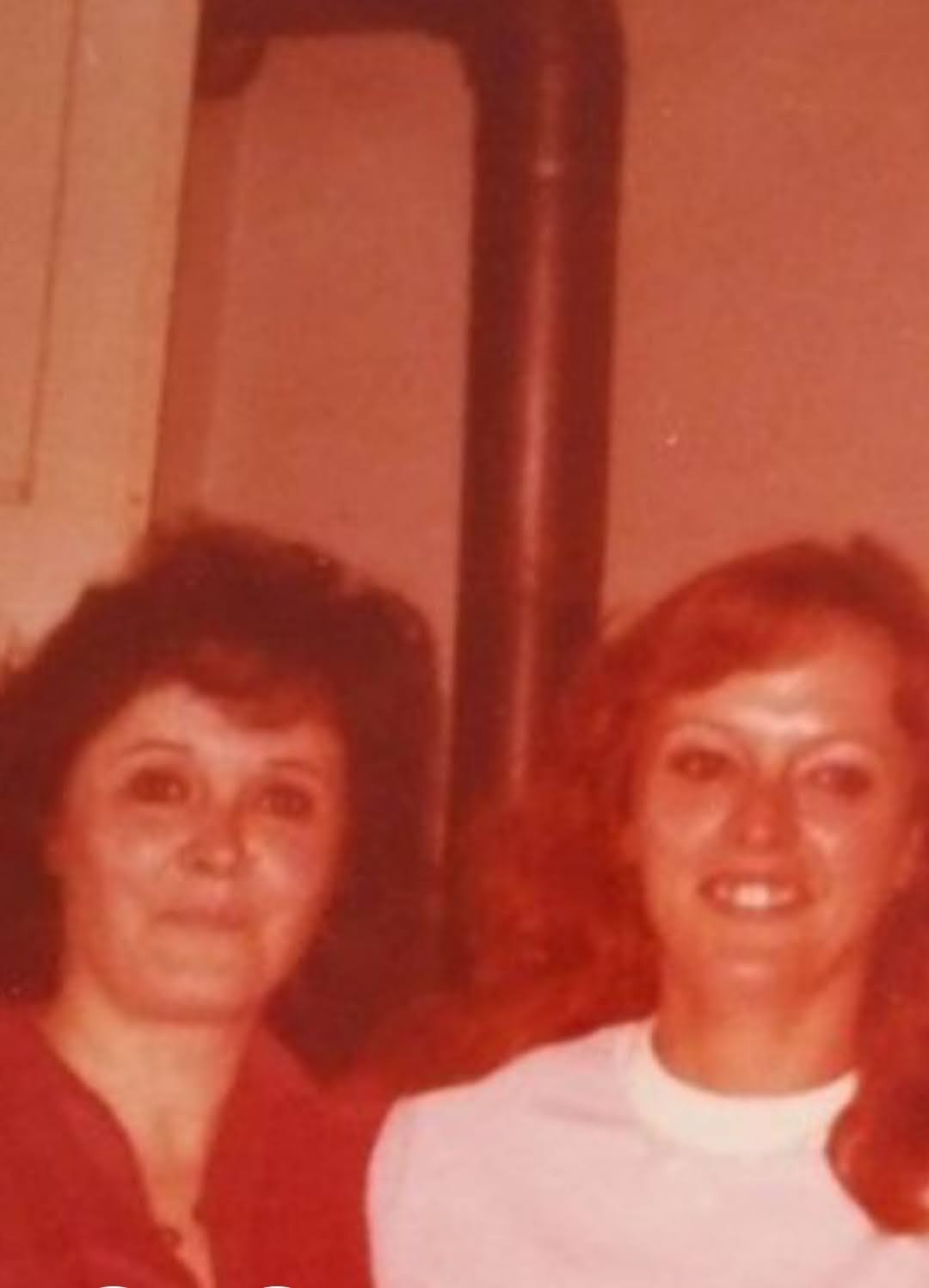
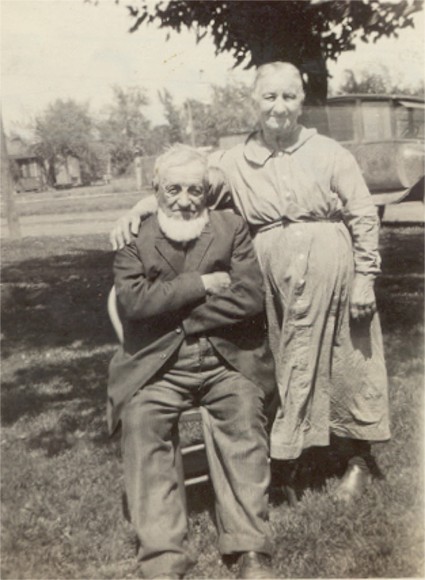
Alsace and Illinois have some similarities. They are each bordered by a large river, for instance--the Rhine to the east for Alsace and the Mississippi to the west in the case of Illinois. Another similarity at the time were German-speaking communities in lands where the predominant language was something else--earlier settlers, both from Alsace and from Ohio and Pennsylvania (previous generations of immigrants from Alsace, Switzerland, and Germany) kept their religious practices and their language in Illinois. The two places differed in key ways, though--Alsace was much more densely populated and Illinois has no mountains. The key opportunity for the Reinhardts in Illinois for the next hundred years was farming. In the two locations, the circumstances started to cause the two branches of the family to have different attitudes. Laura's family joined a community of German-speaking Mennonites and Amish and married mostly within that community. Her mother, Lizzie Miller (born 1879), came from a family that also emigrated from the same places in or near Alsace, but much earlier, and had been Mennonite in the United States for generations. They wandered a bit, but usually in family units and for opportunity, moving to cheaper farmland and generally west, like much of the American population in the 18th and 19th centuries. Lizzie and her mother and her mother's mother would have had pretty fixed roles helping run the farm no matter where it was. Margot's mother's (Caroline Berthe Kuntz, born 1900) family was less fixed in place. Margot and her brother René Roger Auguste Reinhardt (born 1931) traveled for a time with their maternal grandmother, Catharina Hirschberg (born 1875). Grandma's partner at this time was a basket maker. The family lived in their caravan, traveling to new markets to sell baskets. Grandma read palms in exchange for food, and Margot and her brother slept on the floor of the caravan. The Reinhardts in Alsace were becoming less a part of the religious community and more a part of the broader community. Back in the days of the weaving factories in Sainte-Marie-aux-Mines, religious leaders denounced the practice of having men and women working side-by-side, sure that it would destroy the family. In fact, neither George's nor Charles Casimir's parents were married. Margot likely knew that and didn't care. Laura likely didn't know, and would have been scandalized if she had. Besides religion, the Reinhardts of Alsace and of Illinois both went through good and bad economic times--Laura is known to have made clothing for her family from the brightly-colored cotton bags the chicken feed came in during the Great Depression. Maybe this is the artistic parallel with Margot, who drew figures on glass, and who also had artists among her children and grandchildren. One thing Illinois never was, from George Reinhardt's time to the present, was a battlefield. Alsace, on the other hand, was actively fought over, in the Franco-Prussian War(1870-1871), the First World War, and the Second World War. The latter two of these affected the Reinhardts of Illinois, but not nearly so directly as it affected the Reinhardts of Alsace. The link above notes that about 50,000 Alsatian lives were lost in World War II, a rate three times as high as the rest of France. Margot Reinhardt and Laura Reinhardt both had quite a few children, seven and eight, respectively, but while Laura Reinhardt's children all outlived her, Margot lost a young daughter and a couple of her children in relatively early adulthood.
For all of these differences, there are bound to be some similarities. Laura Reinhardt had a sweet tooth, one that got her (and her daughter, Florence Rheinheimer) into trouble late in life when she was young enough to find where the candy bars were hidden but old enough to just eat them all. Laura stayed close to home, but her daughter Dora (born 1823), more of a contemporary of Margot Reinhardt, ran away to California for a couple of years before returning to the Midwest to settle down with farmer Bob Hostetler (born 1921). Margot spent some years traveling and playing music, and we're told that there was non-stop laughter when Laura would get together with her sisters, and there was always music. There was no money for instruments, so the music was usually a cappela and the songs were usually hymns. Unfortunately, we don't know enough about the lives of these two women to say more about how they were the same or were different, but hopefully this story captures a little of each of them for any who read it.
This site powered by The Next Generation of Genealogy Sitebuilding v. 14.0.2, written by Darrin Lythgoe © 2001-2025.
Maintained by Randal Rheinheimer.

